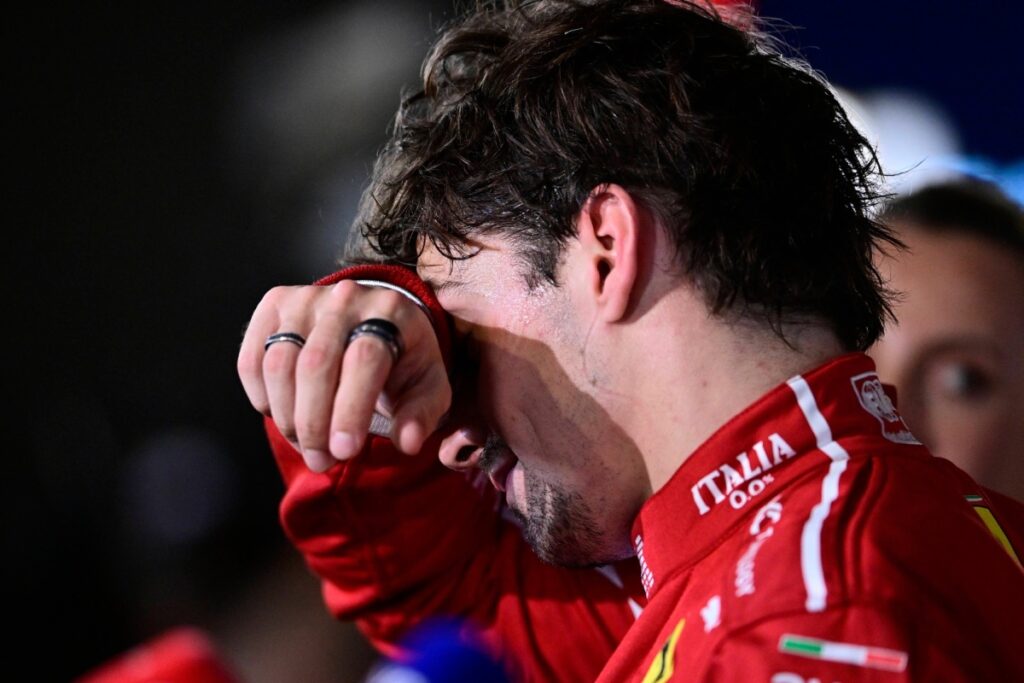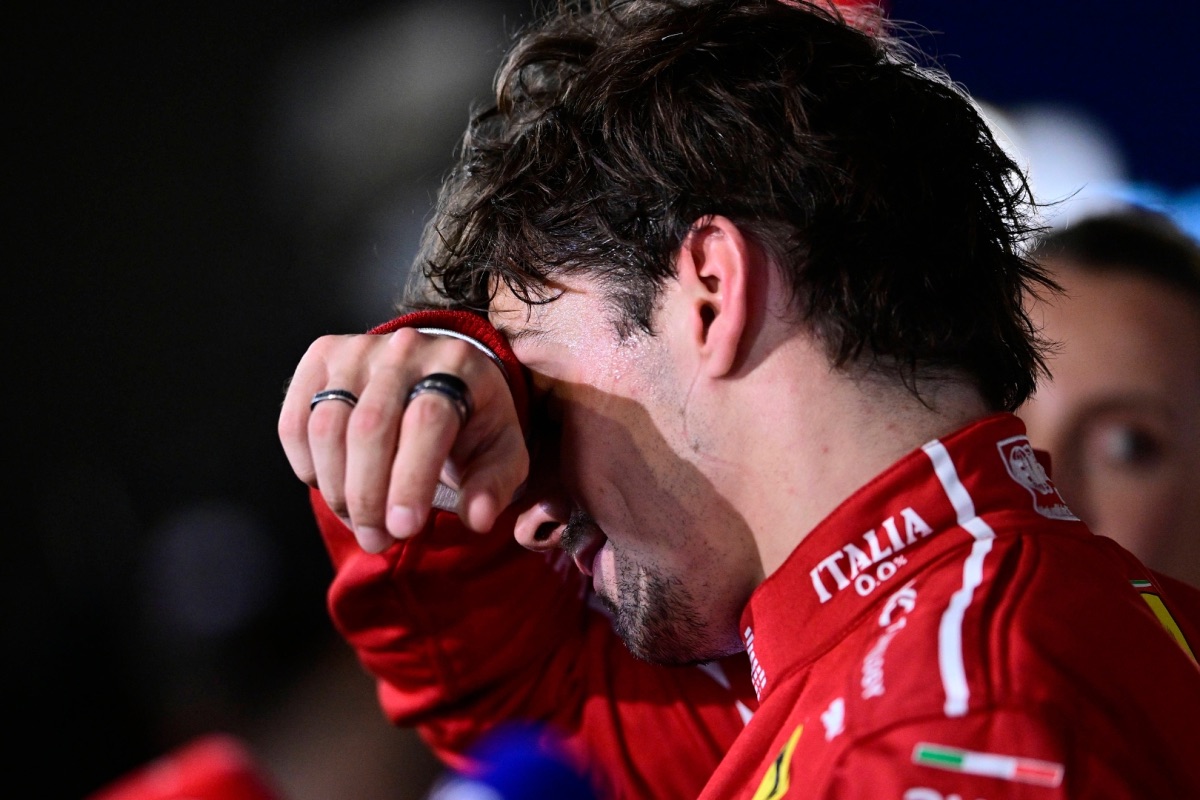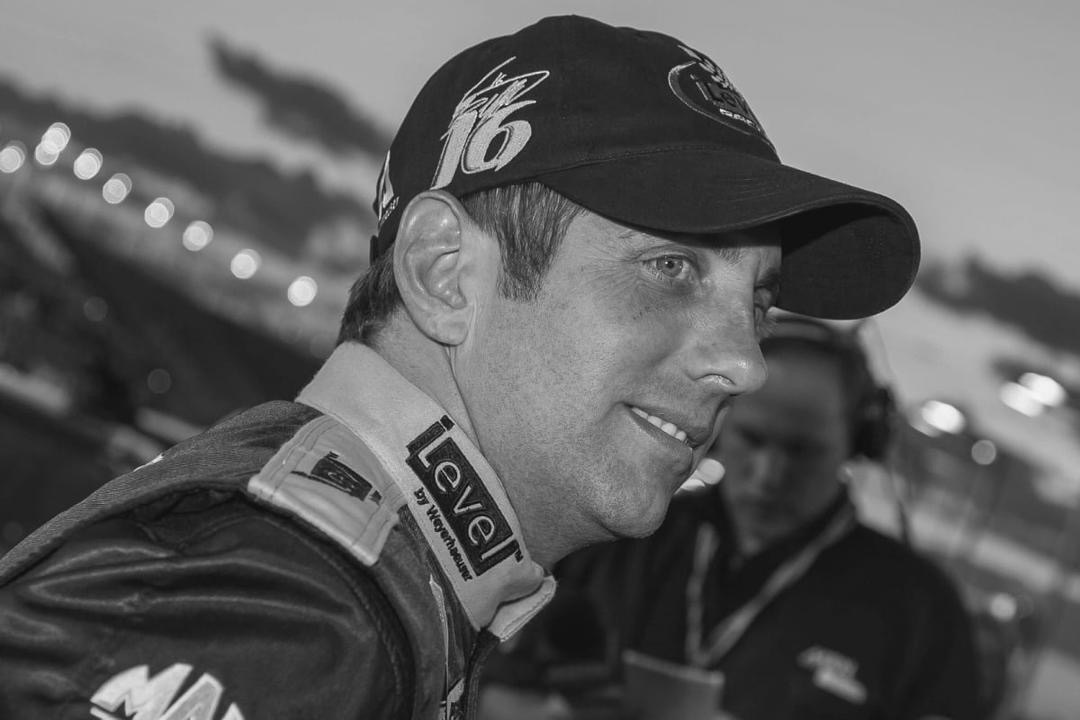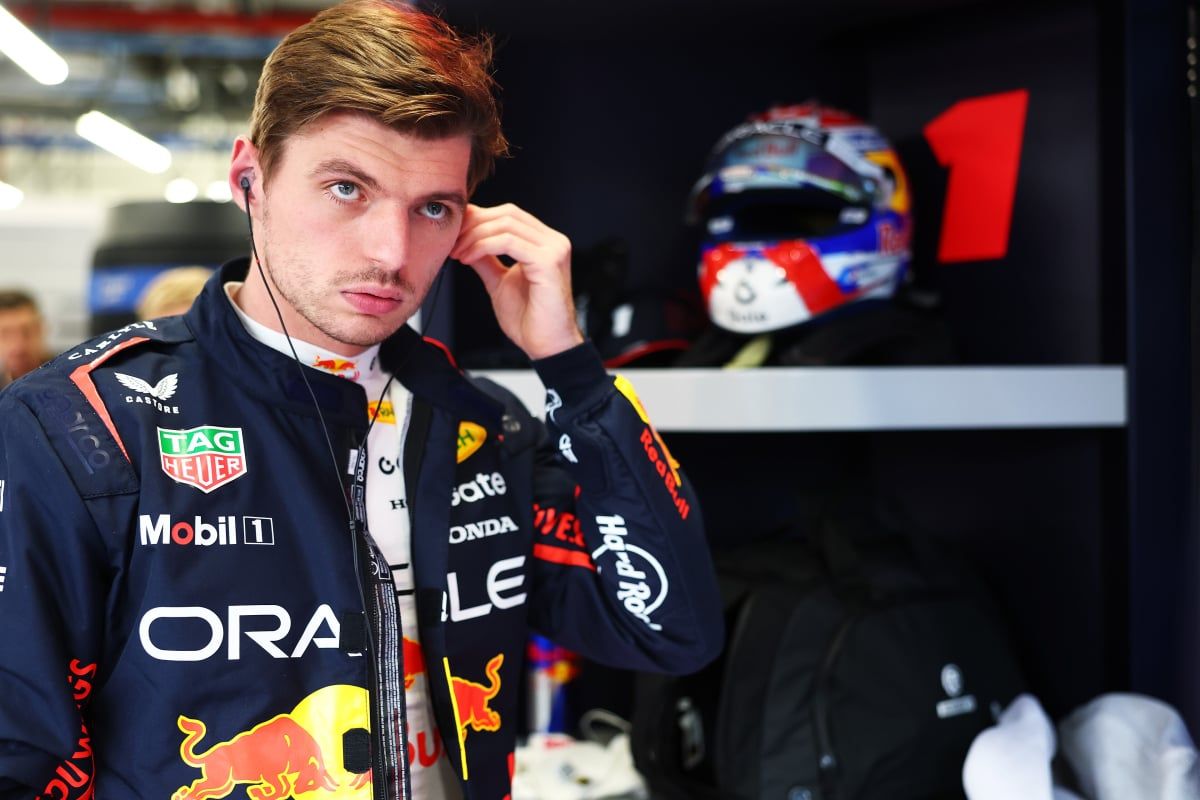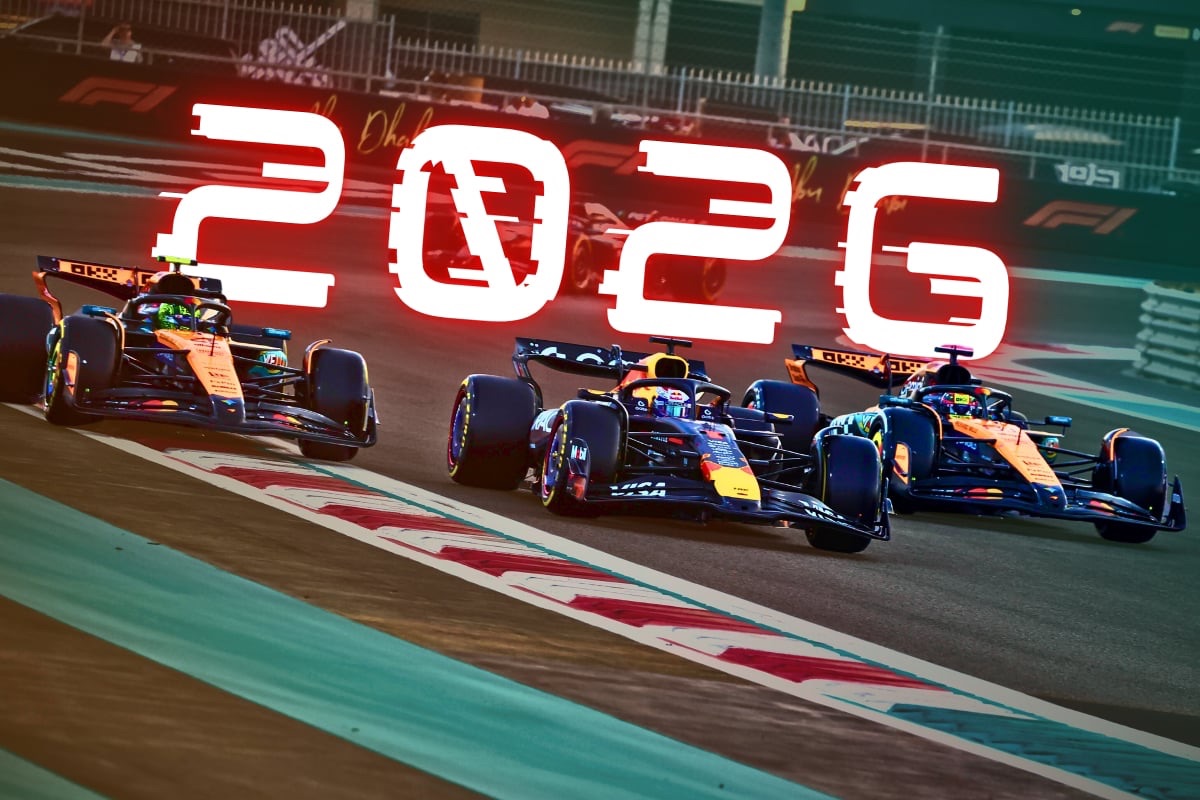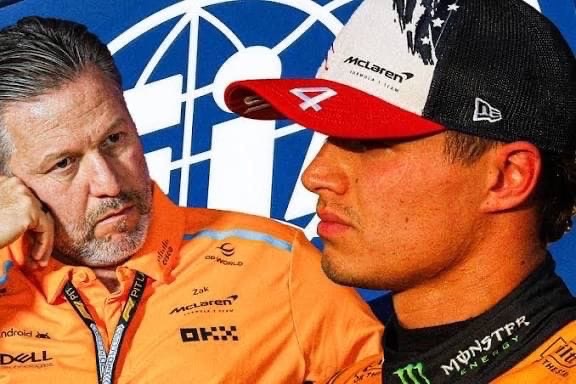The Monaco Grand Prix kicked off with a dramatic incident during the first practice session (FP1) when Ferrari’s Charles Leclerc collided with Aston Martin’s Lance Stroll at the iconic Fairmont Hairpin. The crash occurred less than 10 minutes into the session, prompting a red flag. According to reports, Stroll had just allowed another car to pass and was rejoining the racing line when he failed to notice Leclerc attempting to overtake, resulting in a collision that damaged Leclerc’s front wing ¹.
The incident drew sharp criticism from Sky Sports F1 commentator Karun Chandhok, who squarely placed the blame on Stroll and his team. “That’s 100 per cent on Lance and the team to be honest,” Chandhok said live on air. Leclerc also expressed frustration over team radio, questioning Stroll’s awareness of the blue flags: “Come on… uh we crashed, I don’t think he was aware about the blue flags.”
Despite the setback, Leclerc was able to return to the track shortly after the session resumed, with his team working quickly to repair the damage to his Ferrari. However, Stroll’s Aston Martin suffered more extensive damage, including rear suspension and gearbox issues, forcing him to end his FP1 session prematurely. The team later confirmed that the damage was a result of the collision with Leclerc.
The red flag period lasted approximately five minutes, allowing drivers to breathe a sigh of relief as they were able to get back out on track quickly. Given the notoriously tight and narrow nature of the Monaco circuit, any prolonged stoppage could have significantly impacted the session. The practice sessions are crucial for teams to fine-tune their cars and gather valuable data, making the swift resumption of the session a welcome development.
The incident will be investigated by the stewards after the session, with both drivers potentially facing consequences for their actions on track. Leclerc’s ability to continue in the session despite the damage to his car speaks to the resilience of the Ferrari team, but the real challenge lies ahead as they assess the damage and work to restore their car’s performance.
In a circuit like Monaco, where overtaking opportunities are limited, incidents like this can have significant implications for the race outcome. Leclerc, a home favorite, will be keenly focused on rebounding from this setback and capitalizing on his knowledge of the track to secure a strong result. Meanwhile, Stroll and his team will need to regroup and strategize to minimize the impact of the damage on their race prospects.
Key Details of the Incident:
- Location: Fairmont Hairpin, Monaco Grand Prix circuit
- Drivers Involved: Charles Leclerc (Ferrari) and Lance Stroll (Aston Martin)
- Cause: Stroll rejoining the racing line without noticing Leclerc attempting to overtake
- Damage: Leclerc’s front wing damaged, Stroll’s Aston Martin suffered rear suspension and gearbox damage
- Session Impact: Red flag period lasted approximately five minutes, Leclerc continued in the session, Stroll’s session ended prematurely
- Stewards’ Response: Incident under investigation after the session
The Monaco Grand Prix is known for its demanding nature, with drivers requiring precision and strategy to navigate the circuit successfully. This incident highlights the thin margins between success and failure in Formula 1, where split-second decisions can have profound consequences on race outcomes.
